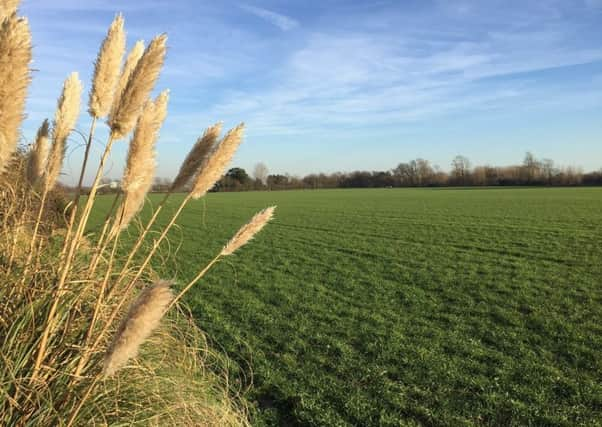Climping villagers '˜betrayed' as 300 homes approved on appeal


On August 24 last year, councillors backed scores of concerned residents and rejected Mulgrave Properties’ planning application to build 300 homes on land south of Horsemere Green Lane. Click here to read our political editor’s take on the decision at the time.Read more:


Advertisement
Hide AdAdvertisement
Hide AdThe developers appealed Arun’s decision – and following an inquiry in July, planning inspector Matthew Nunn announced he would uphold the appeal.
Villagers reacted with anger to the appeal being upheld.
Sylvana Cotterill, 67, is a former manager of Arundel’s tourism information centre and has lived in Apple Tree Walk with her husband, Stephen, and son, Tom, for 16 years. She said: “As Climping residents we see this as a betrayal by the local council as not only will the additional number of residents introduced into the village put strain on an already crowded local school and surgery, but the very character of the village will be compromised and become just part of Littlehampton.”
Tom, 29, said: “I’m appalled by this decision – it flies in the face of ‘localism’ and raises genuine question marks over what power local communities truly have in the planning process.
Advertisement
Hide AdAdvertisement
Hide Ad“As a village, we were delighted when Arun District Council backed our campaign and rejected the plan by Mulgrave.
“So for some inspector – based hundreds of miles away – to have railroaded over this is bitterly disappointing.”
Hamish Neathercoat, also from Apple Tree Walk, added: “I fear that in ten years time visitors to Clymping will question what on earth went wrong here. They will wonder how the once tranquil and peaceful hamlet of Clymping was turned into the rubbish processing plant of the south east and the countryside around it was concreted over.”
In his findings, published online, Mr Nunn said that because the local plan had been adopted in July – which formed the basis for one of Arun’s reasons to reject the scheme – the project should be approved ‘without delay’.
Advertisement
Hide AdAdvertisement
Hide AdHe said: “Both the council and appellant agree that the scheme would accord with the newly adopted Local Plan. I share that view.”
At the time, Arun’s development control committee rejected the plans because it felt developers had done enough to improve the road network.
Secondly, because its local plan – the blueprint for housebuilding in Arun – had not been approved at that point, councillors felt it would be a premature decision.
However, Arun withdrew objections to the plans before the planning inspector’s decision was made.
Advertisement
Hide AdAdvertisement
Hide AdMr Nunn said: “The council initially stated that without clear and effective mitigation, the adverse impacts of the proposal on highway safety at the Church Lane and Oystercatcher junctions would be so significant that permission should be refused.
“However, following further discussions with the appellant, the council has now agreed that subject to certain additional works being undertaken, any adverse highway impacts could be reduced to a level such that the appeal could be allowed.”
As well as ‘a scheme of street lighting and refreshing road lining and signage’ near the Oyster Catcher junction, Mr Nunn said Mulgrave had agreed to safeguard land near it for free so a roundabout could be installed in the future. A new footway along Crookthorn Lane and a scheme to improve cycle crossing facilities at the Yapton Road and Oyster Catcher junction was also agreed by developers.
Third parties raised ecological and environmental concerns, but the planning inspector found these to not be enough of an issue to turn down the appeal.
Arun was approached for comment but had not replied by the Gazette’s deadline.